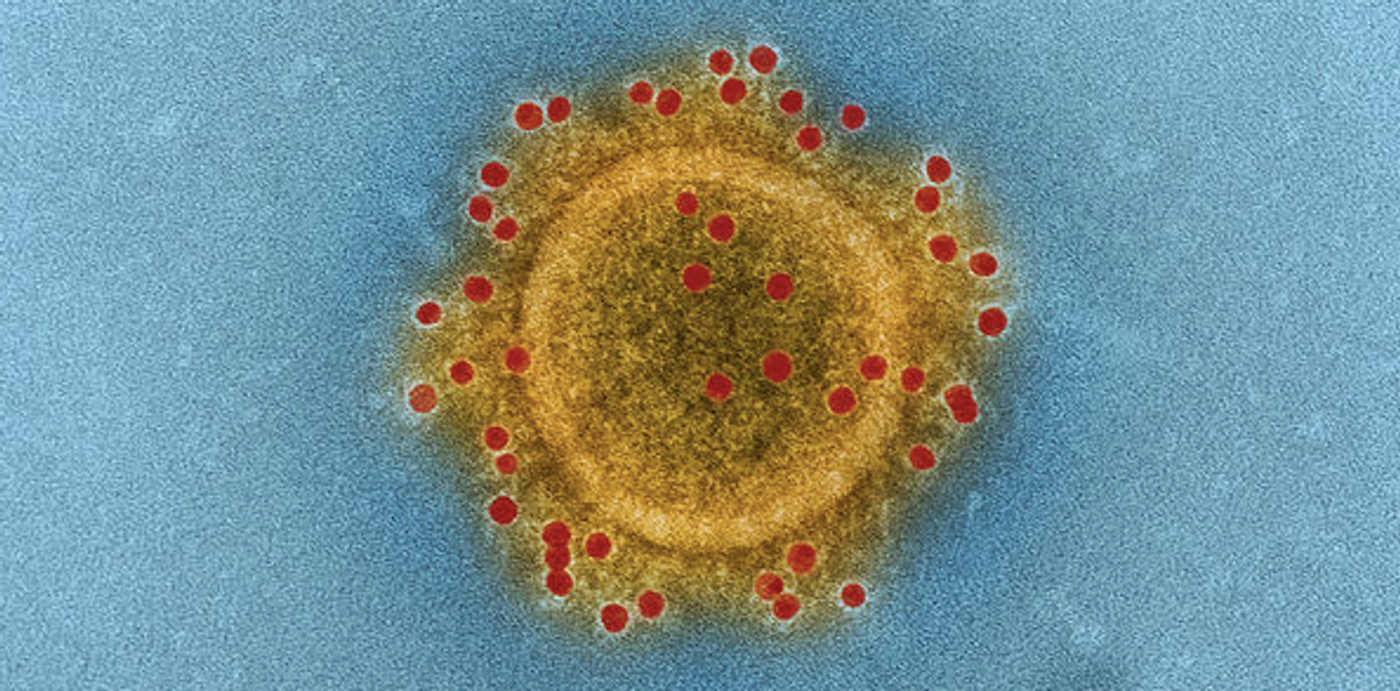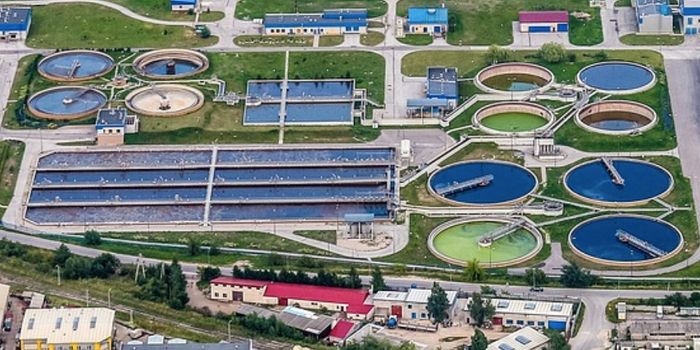How the Next Pandemic may Happen
The World Health Organization maintains a list of diseases that are priorities for research and therapeutic development. While you may have already heard of many of them, like Zika, Ebola, Lassa, or Nipah, there was one notable inclusion on their latest list - Disease X - the unknown pandemic that is lurking somewhere, waiting to enter the mainstream. It’s now the 100th anniversary of the third deadliest pandemic in human history, the Spanish Flu. It is worth considering what the response would be if we were faced with such a disease again.
Outbreaks of infectious diseases might be caused by bacteria or viruses, both of which are capable of mutating at any time. That makes it probable that something we don’t have any experience with could cause the next epidemic. An example would be SARS, which is a member of the coronavirus family. Such viruses were thought to be relatively harmless until one ended up killing ten percent of the people it infected.
It is also possible of course, that an epidemic could be caused by a mutated form of something we already know well, like influenza.
The Centers for Disease Control and Prevention (CDC) has recently requested funds to update their containment facility, where they would be dealing with just such an outbreak if it happened. The current facility dates back to 2005 and is expected to need a replacement by 2023 to avoid any disruption in laboratory function.
“We’re just faced with the realities of what it takes to maintain something as complex as the high containment lab,” said Dr. Dan Jernigan, the head of the CDC’s influenza branch. These highly specialized laboratories require a lot of upkeep.
The CDC is aiming to have a new facility built in time to ensure a seamless transition from the current labs to the new ones, said Dr. Inger Damon, the head of the CDC's division of high consequence pathogens and pathology. Several years will be needed to build the facility and properly certify it for the research of such agents.
“We’ve always tried to maintain that continuity. I think there’s just too much that’s unpredictable,” Damon said. “When you need that facility … you want to have it available. You don’t know when the next SARS is going to happen, or the next large Ebola outbreak.”
Sources: STAT News, Business Insider, WHO, CDC









